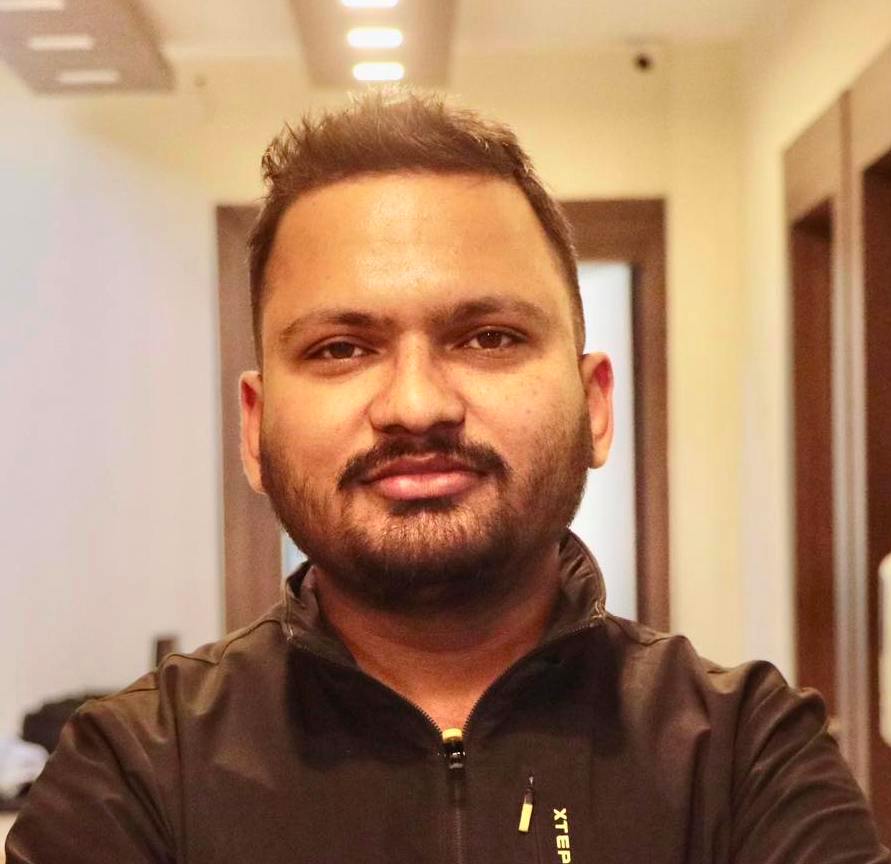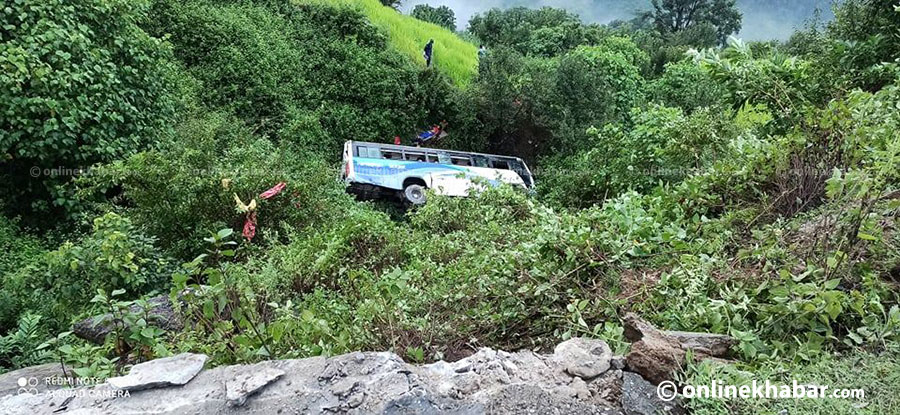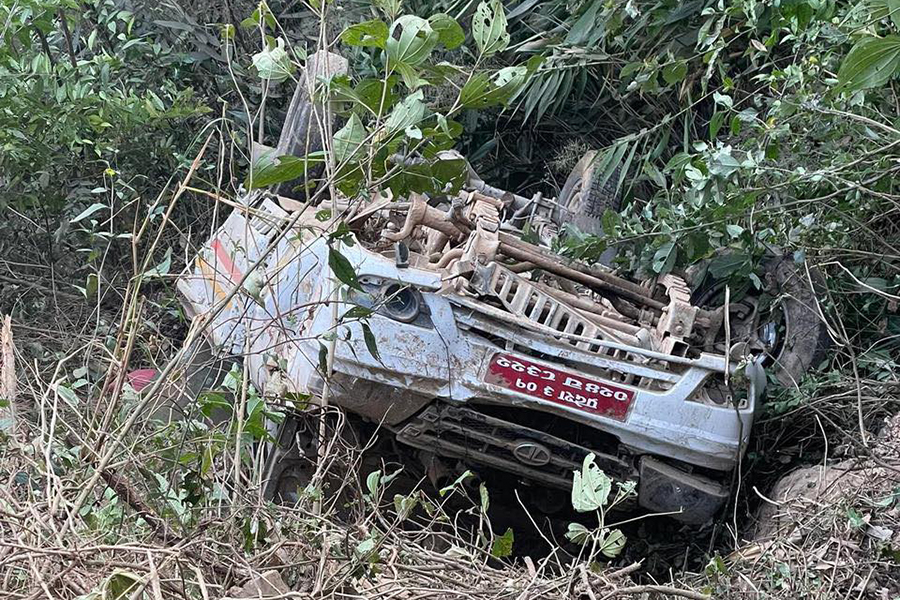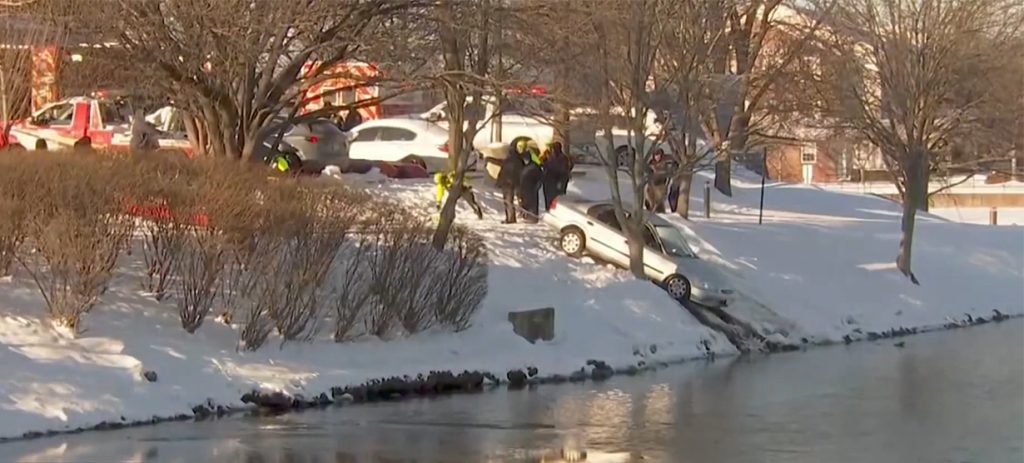A bus full of students were returning home in Gamgadhi of Mugu on October 12 to celebrate Dashain with their families when the vehicle fell 200 metres down a slope, killing 24 people on the spot. A further nine people lost their lives during treatment as the death toll reached 33. Mugu was shaken by the accident as Dashain, for many in the area, became a time of mourning rather than celebration.
The Dashain holidays saw a lot of accidents this year. On October 11, an SUV fell off the road near Ghandruk. killing eight people on board. A day before that, three other people died in Walling in Syangja, killing three people including a four-year-old.
These were a few ‘major’ accidents that happened in the country during Dashain. Nepal Police spokesperson Basanta Kunwar says over 900 accidents have taken place in the country since the start of Dashain (October 7) till October 22, in which 165 people lost their lives and over 1,500 people were injured. Motorbike accidents were reported the most; a total of 781 motorbikes were involved in the mishaps during this period followed by cars/SUVs. Last year, in the same period, 856 accidents were recorded where 114 people died while in 2019, a total of 568 accidents were recorded that killed 121 people.
Even though the authorities are aware of road accidents happening during the festive periods, nothing substantial has been done to curb these accidents as data suggests it is been increasing year by year. But like authorities, drivers and passengers do not follow rules set by the government, accidents have not stopped, experts say.
Reasons
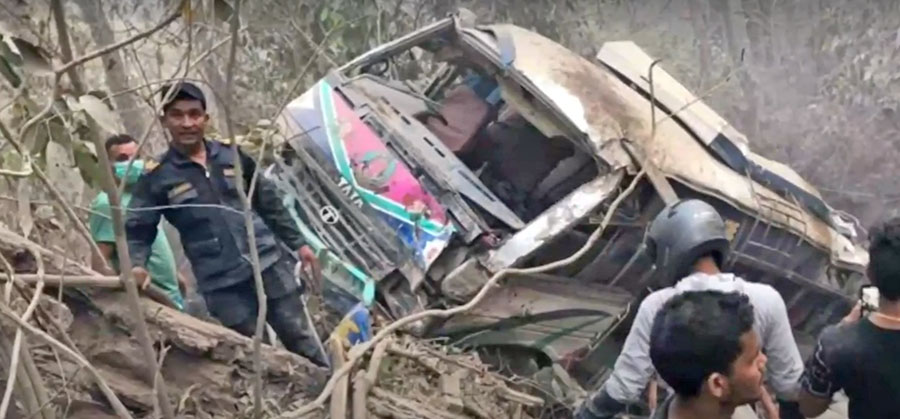
Mugu police chief Chitra Bahadur Bhattarai says the accident that killed 33 people in the district happened due to mechanical issues with the bus. Even though the preliminary investigation states so, the team led by DSP Birendra Biswakarma, tasked with investigating the case, is yet to submit its report.
According to Bhattarai, the Mugu accident took place on a road which is just a track dug by a bulldozer recently. “The locals thought a bomb went off. But, soon, they saw a bus falling down the slope. When we went there, we saw that there seemed to be a problem in the right front tyre of the bus,” says Bhattarai.
He adds as the bus fell on the right side, the investigators feel the accident happened due to a puncture in the right front tyre of the bus.
The incident in Ghandruk of Kaksi, according to police, also happened due to mechanical issues, says police investigation.
The Kaski District Police Office says road works were going on where the accident took place. Workers were removing stones from the road and had asked the SUV to stop. After a while, the workers signalled the SUV to move forward. But, the SUV did not move as much as it should have. The vehicle could not pick up, says the police report that adds the SUV started to move backwards in the downhill and fell from the ridge.
The case in Syangja was different. Police say it happened due to overload.
“The pick-up van could only fit five people, but it had 19 onboard,” says SP Hobindra Bogati, the chief of the Syangja District Police Office. “As there was too much load in the vehicle, it came backwards, and the accident happened.”
Bogati says the driver, knowing that the vehicle was going backwards, jumped out of the vehicle. Following him, a few others jumped out too, but a few in the front could not and they lost their lives, he says.
According to former DIG Purna Chandra Joshi, the blame for most accidents in these hilly areas goes to the driver.
“The drivers are the ones at fault followed by mechanical issues and state of the road,” says Joshi who served as the chief of Traffic and Highway Security Directorate of Nepal Police. “We feel many drivers don’t take into consideration the state of the road or weather when driving and that is when these types of accidents happen.”
Bogati, on the other hand, says infrastructure is to be blamed for most of the accidents that take place in rural areas.
“These SUVs go up these hills. These are raw roads that are like tracks. And when you overload on these tracks, things can go horribly wrong,” says Bogati, who adds people get on hoods of these SUVs and travel to their respective destinations.
No efforts to reduce accidents

Accidents happen throughout the year, not just during the festive period. The data show how sad the state is in the country. According to Police Headquarters, in the first five months of the current fiscal year (2021/22), 3,616 accidents have taken place in the country, in which 332 people have died and 1,054 people have been injured.
Last year (2020/21), 20,640 accidents were reported, in which 2,500 people died and 6,448 were injured. The year before (2019/20), 15,559 accidents were reported, in which 2,241 people died and 4,615 people were injured.
If you look at other years, it paints the same picture. Over 2,000 deaths are reported every year in Nepal due to road accidents.
Former DIG Joshi says despite everyone being aware of these accidents, not much has been done to reduce accidents. A few years ago, police used to conduct an awareness campaign a month before Dashain to make sure that accidents were avoided, but for the past two years, such campaigns have not taken place.
Lack of monitoring

SP Bogati in Syangja says drivers abide by traffic rules only when they see a traffic police staffer.
“We monitor these vehicles and when we do that, things are fine. But, when they move ahead, they load their vehicles with too many people,” says Bogati.
Former traffic police inspector Sitaram Hachhethu says these checks are not as effective as the authorities think.
“All these checks do are check if the driver is under the influence of alcohol or if they’ve paid tax. But, we need to be checking if the vehicle is good enough to be running on these roads. How will we do that,” questions Hachhethu.
To control accidents, traffic police in 2018 launched a traffic communication app. Along with that, the traffic police also made it mandatory for long-distance busses to have two drivers. The app would know if these busses were changing drivers as a lot of people hailed the use of technology to monitor buses. But, this year during Dashain, the app was not used.
“A lot of accidents happen during the festive period because these drivers don’t get enough rest. They’re always on the move and when you have to drive for 20 hours plus, it’s going to take a toll on you,” says Hachhetu.
He adds the government needs to add more vehicles going to remote areas, especially during the festive period, so that people are not crammed in a bus or an SUV. This will help the drivers a lot and will help curb these accidents, he says.
“I think we should medically test these drivers to see if they’re fit enough to drive these rough and rugged roads in the hills,” says Hachhetu.
He also calls on the Department of Roads and Department of Transport Management to come up with measures as it is wrong to point the blame on the traffic police alone.
Namaraj Ghimire, the director-general of the Department of Transport Management, says the department has set up transport monitoring centres in Teku, Hetaunda and Butwal.
“These centres can be founded in other provinces too as it is mandatory for vehicles to have a vehicle test certificate,” says Ghimire.
Can’t blame traffic police alone

Hachhetu says people believe it is the traffic police’s responsibility to stop these accidents. Former DIG Joshi echoes Hachhetu and adds even the accidents that happen due to landslides, rain or roads are blamed on the traffic police officers.
“People should realise that these rules have been made for people’s benefit. We need to make these rules more strict and punish road accidents with more severity,” says Joshi.
Hachhetu says a driver’s ability to drive should also be tested during licence renewals as a driver’s ability to drive does change with time.
“This is not a citizenship certificate or a passport. We need to make sure only people who drive carefully are given licences. That will surely make a difference,” he says.
He also suggests the government seize the licence of a driver for a specific period when they are found to have made careless mistakes and adds it is high time the government installed GPS and CCTV cameras on busses.


